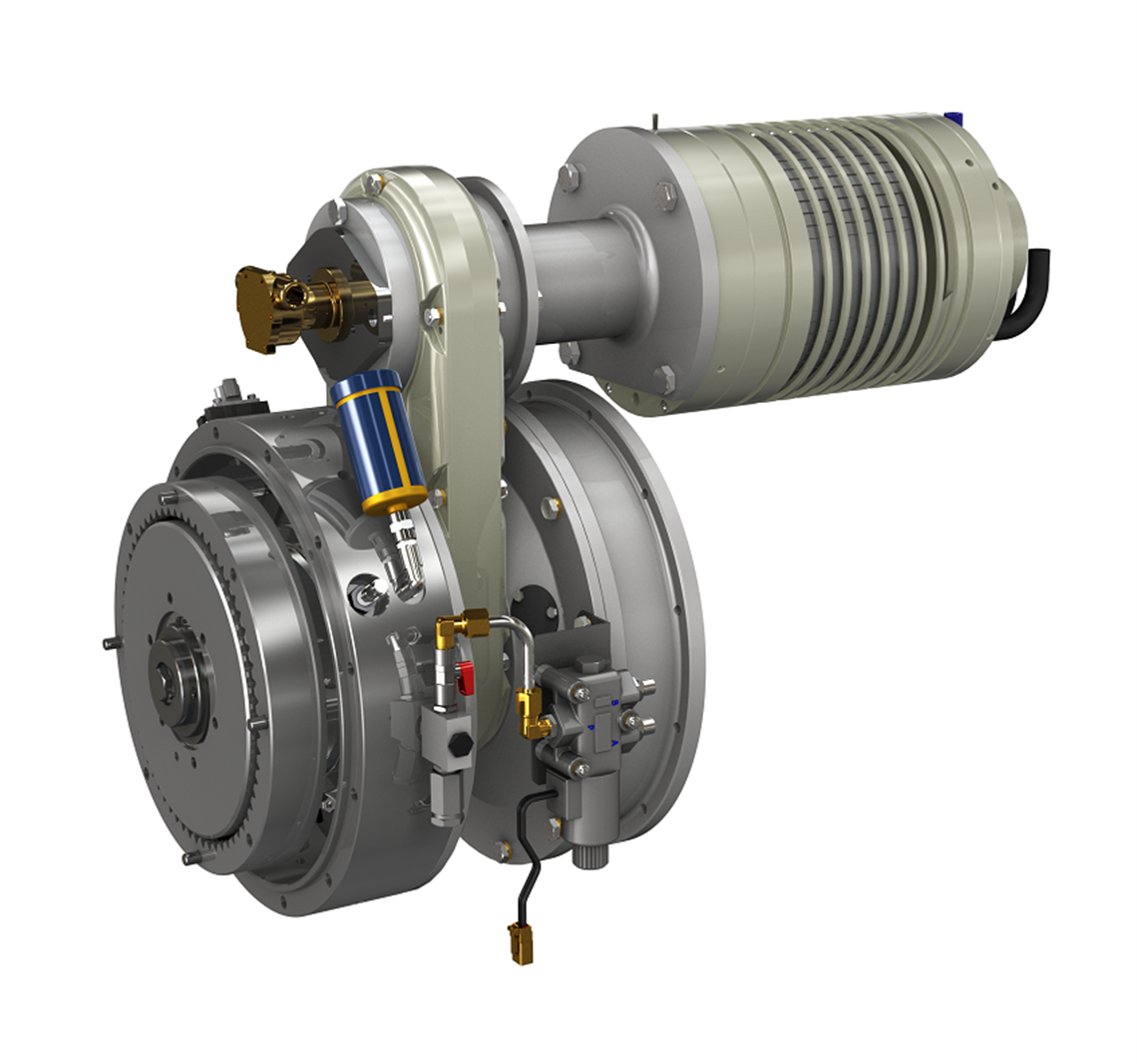Hybrid Modules Get DNV-GL Approval
09 January 2020

Transfluid announced DNV-GL Type Approvals for the complete range of its marine parallel Hybrid Modules and for its LiFePO4 battery banks.
The Type Approval for batteries includes the Norwegian Maritime Authority (NMA) extension which calls for a stricter list of requirements. It certifies, among others, the total absence of carbon and graphite – to avoid the destructive event known as thermal runaway – according to one of the most restrictive tests in the process for the DNV-GL and NMA approvals.
Transfluid’s parallel hybrid technology offers a true redundancy on board, a key requirement for several inland water and off-shore applications. The parallel hybrid concept makes the propulsion possible either through the internal combustion engine (ICE) or through the electric motor, both being connected to the same powertrain.
An electrical blackout would still leave the ICE capable of operating the propulsion system, and in case of failure of the ICE, the electric motor would replace it. Parallel means also that a booster mode is always possible, to add the electric motor power to the ICE output getting a much higher maneuverability during any kind of difficult situation.
The electric machine, that is motor and generator at the same time, allows for fast battery charge during the ICE operation, getting rid of shore recharging infrastructures, one of today’s barrier toward full-electric solutions.
Transfluid designed and produced all of its battery and hybrid products in house, including Permanent Magnet electric motors. The company expects to receive Type Approval for its electric machines and other transmission types in the course of 2020.
POWER SOURCING GUIDE
The trusted reference and buyer’s guide for 83 years
The original “desktop search engine,” guiding nearly 10,000 users in more than 90 countries it is the primary reference for specifications and details on all the components that go into engine systems.
Visit Now
STAY CONNECTED




Receive the information you need when you need it through our world-leading magazines, newsletters and daily briefings.
CONNECT WITH THE TEAM












